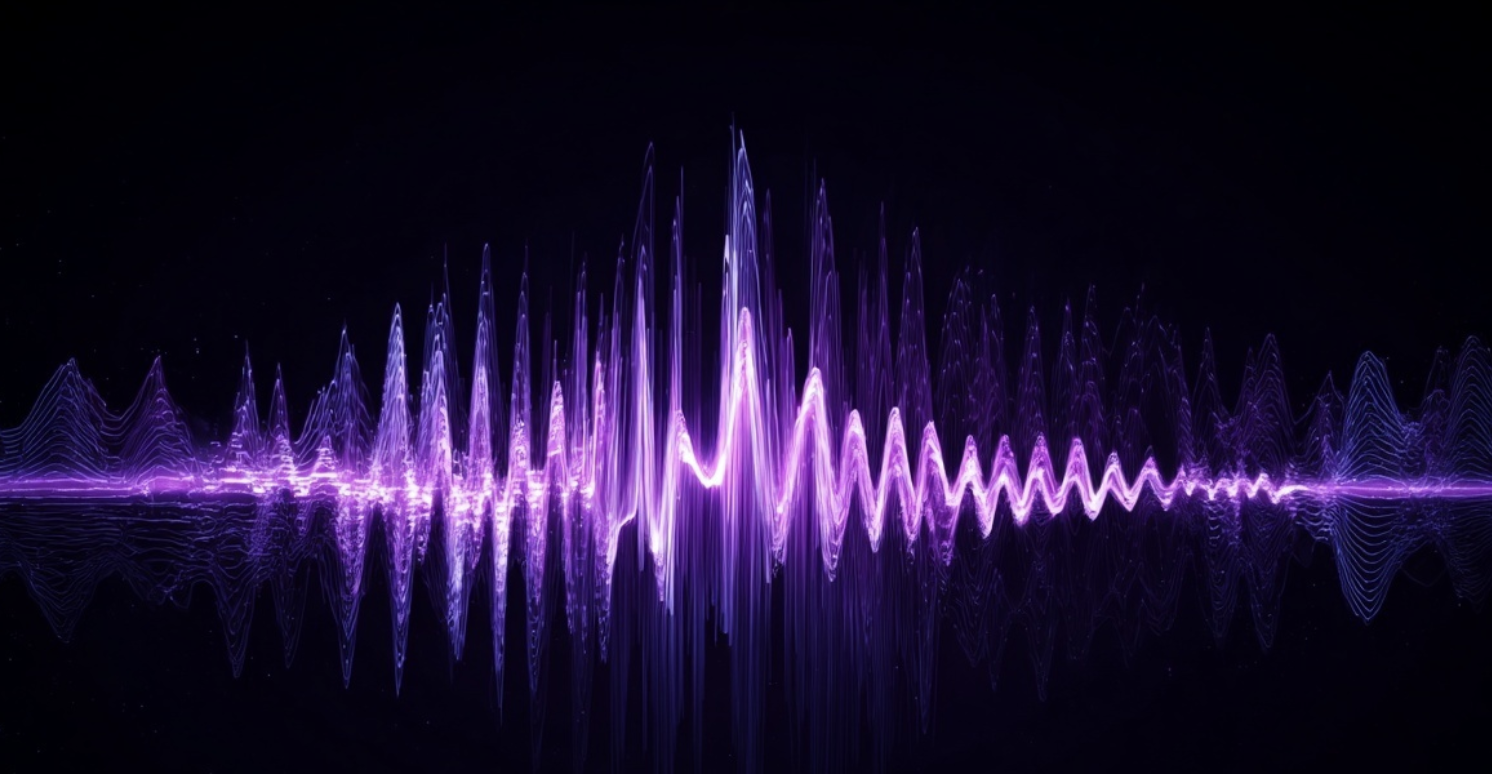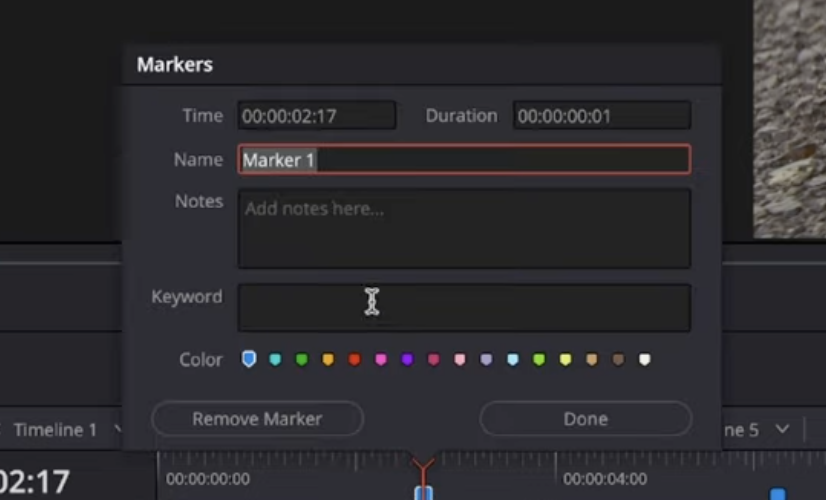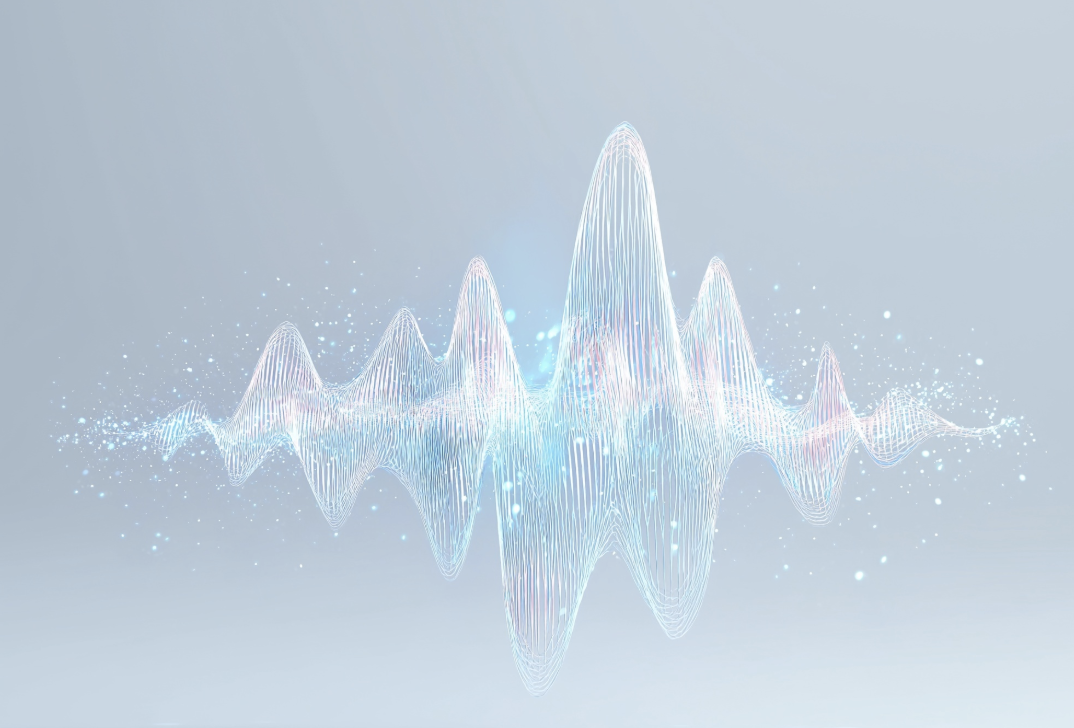Background noise can ruin an otherwise great video. Whether it’s the hum of an air conditioner, street noise, or unwanted hiss, DaVinci Resolve offers powerful audio tools to make your sound clean and professional. In this guide, you’ll learn how to remove background noise in DaVinci Resolve using both Fairlight’s audio effects and advanced EQ techniques.
Step 1: Switch to the Fairlight Page
- Open your project in DaVinci Resolve.
- Click on the Fairlight tab at the bottom of the workspace.
- Here, you’ll have access to Resolve’s dedicated audio editing tools, designed for precise sound control.
Step 2: Use the Noise Reduction Effect
- Select the audio track containing unwanted noise.
- Go to the Effects Library → Search for Noise Reduction (under Fairlight FX).
- Drag and drop the effect onto your audio clip.
- In the inspector, adjust the following:
- Threshold: Determines the noise level to be reduced. Start low and increase gradually.
- Reduction Amount: Controls how much noise is removed. Keep it moderate to avoid robotic sound.
- Play back and fine-tune until the background noise is minimized without degrading your voice or main audio.
If your audio issues include sharp clicks or crackling noises, you can also follow this guide on how to remove audio popping in DaVinci Resolve to fully clean your soundtrack.
Step 3: Apply EQ for Further Cleanup
Sometimes noise reduction isn’t enough. You can use EQ to cut problematic frequencies:
- Open the EQ panel in Fairlight.
- Use a High-Pass Filter to remove low-frequency rumble (set around 80–100 Hz for voices).
- Identify any hiss (usually above 8–10 kHz) and slightly reduce that range.
- Avoid over-cutting—subtle changes keep the audio sounding natural.
For recordings that sound hollow or reverberant, you can pair your noise cleanup with techniques from how to remove echo in DaVinci Resolve to achieve a more natural and balanced audio tone.
Step 4: Gate Out Silent Sections
If your audio has quiet gaps where noise is still present:
- Add a Noise Gate from the Fairlight FX library.
- Set the Threshold just above the noise floor so only actual speech or music passes through.
- This helps remove background noise in silent moments without affecting the main audio.
Step 5: Use Clip Gain for Consistency
Even after noise reduction, you may need to balance the volume:
- Select the clip and adjust Clip Gain to bring speech to a consistent level.
- This keeps the audio smooth and professional from start to finish.
Pro Tips for Better Results
- Record clean audio from the start with a good microphone and pop filter.
- Work in a quiet environment to minimize editing later.
- Use headphones while editing to catch subtle noise issues.
- Save your noise reduction and EQ settings as presets to speed up future projects.
Why Clean Audio Matters
While stunning visuals grab attention, audio quality is just as important—if not more. Viewers are quick to click away from videos with distracting background noise. Clean audio not only improves your project’s professionalism but also enhances viewer engagement and retention.
Conclusion
Mastering noise removal in DaVinci Resolve is a game-changer for your video production quality. With tools like Fairlight Noise Reduction, EQ, and noise gating, you can transform a noisy recording into a professional, crystal-clear soundtrack.
If you want to take your skills further and learn advanced color grading, editing techniques, and pro-level workflows, check out our complete DaVinci Resolve course. It’s the fastest way to go from beginner to expert with this powerful software.
FAQ
How do I remove background noise in DaVinci Resolve?
To remove background noise in DaVinci Resolve, open the Fairlight page, add the Noise Reduction effect to your audio clip, and adjust the Threshold and Reduction Amount until the noise is minimized. You can also use EQ to cut unwanted frequencies and a Noise Gate to remove noise during silent parts.
Does DaVinci Resolve have a built-in noise reduction tool?
Yes. DaVinci Resolve includes a Fairlight Noise Reduction effect that allows you to clean up audio directly within the software, without needing third-party plugins. It’s available in the Studio version for advanced noise removal.
Can I remove background noise for free in DaVinci Resolve?
While the Studio version offers advanced noise reduction, you can still use free methods in DaVinci Resolve—such as EQ adjustments, High-Pass filters, and Noise Gates—to reduce background noise in the free version.
What’s the best way to get clean audio in DaVinci Resolve?
The best approach combines Noise Reduction, EQ, and dynamic processing. Start by reducing unwanted noise with the Noise Reduction effect, fine-tune with EQ to cut problematic frequencies, and apply a Noise Gate for silent sections.
Is it better to remove noise in DaVinci Resolve or in another program?
If you already edit in DaVinci Resolve, its built-in Fairlight tools are powerful enough for most noise removal tasks. However, for extreme cases, specialized software like iZotope RX can achieve even cleaner results, which you can then import back into Resolve.






